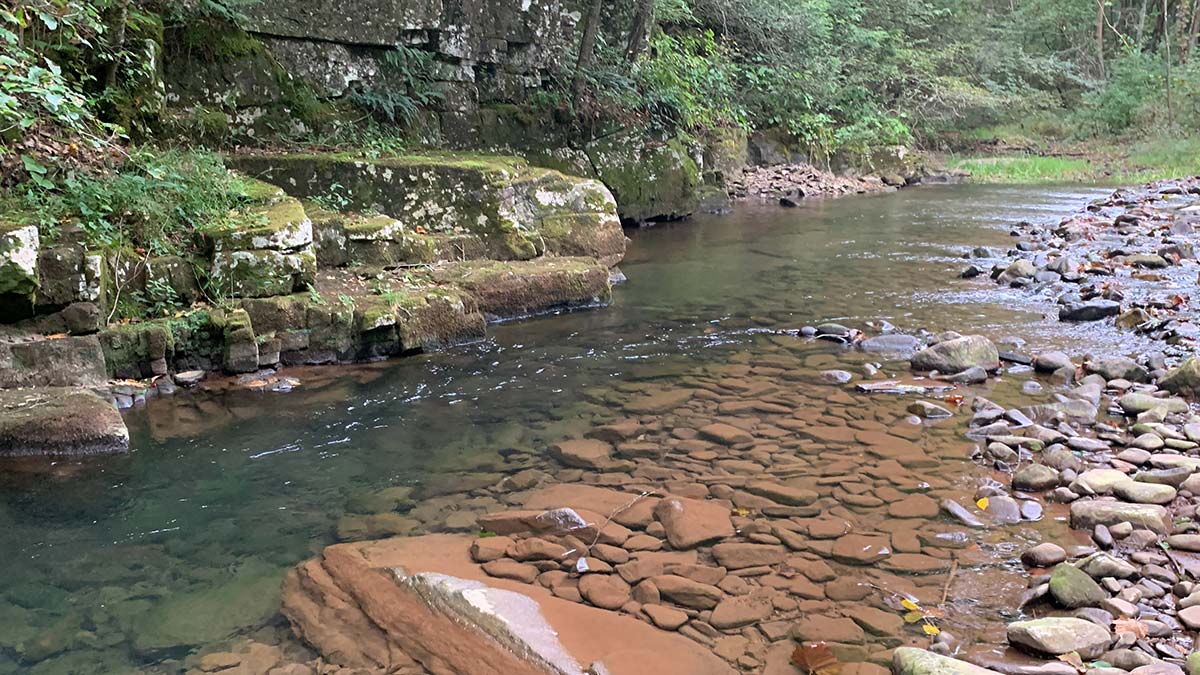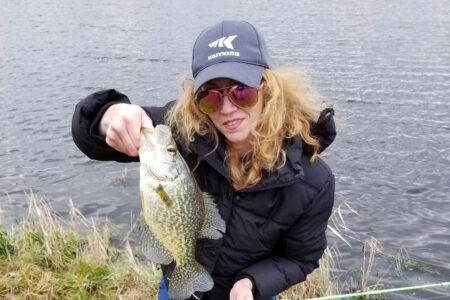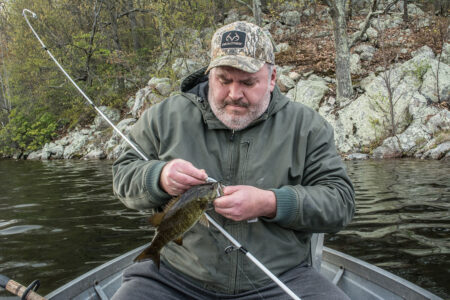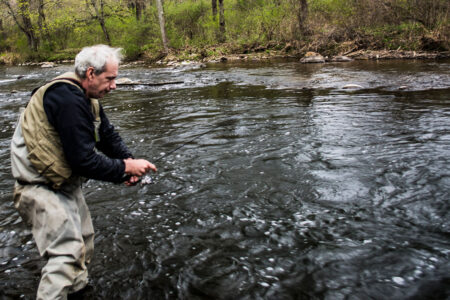
Fishing for trout during low and clear water conditions can be a daunting task. The way the stream is tackled and responded to by the fish living there can be entirely different than when there is a better flow.
Drought conditions are part of the freshwater fishing landscape and can easily occupy weeks to months of time. For addicted anglers, that’s way too long to sit on the sidelines and wait for some heavy rainfalls. As fishermen, we like to go when the opportunity presents itself. Therefore, a number of tips and tactics exist that can help anglers succeed when water conditions diminish in volume and increase in clarity.
Many trout enthusiasts consider drought conditions negative, but in reality, said circumstances are just different than when the water is hurriedly flushing through. Trout anglers need to be able to adjust their strategy in how they attack the waterway. Riffles and runs that contained oxygenated, bubbly water are tame and tamped down depending on the personality of the stream. Occasionally, trout that prefer these spots move to better pocket water if it exists in low-water circumstances.
Many pockets that form in high water might not exist as they just become too shallow in low water. Conversely, some pockets that did not show themselves when water levels were high may make a distinct appearance within the shallow, surrounding landscape. Pocket water is always worth casting to, and that fact remains constant during low water. If fish aren’t present or don’t oblige after many dozens of pocket water attempts, then the effort, while worthy, needs to get adjusted as a stream hike continues.
Large pools always hold their share of trout, but during low water, they really shine. The term “deep” is relative to the system one is fishing. On a really small stream, a section containing depth might range from 4 to 8 feet in order to be considered deep, whereas other mid-size rivers, creeks, or streams might have deeper portions of 10 feet or more. Cooler water that distinguishes itself from the warmer shallows heated by the sun are a welcome sanctuary for trout. In addition, deep pools are a better defensive station from birds of prey, small mammals, and snakes that dine on fish. Birds such as herons, hawks, and eagles love trout and have superb skills at catching them.
Fishing behind and within structure is also a method to obtain bites when water levels are down. Fish that swam comfortably out in the open are more likely to retreat to the safety of heavy cover. Undercut banks, tree roots, pockets under boulders, and fallen trees are just a handful of places to cast. Of course, structure is always a worthwhile endeavor, but during a drought, fish have to find different ways to attack their prey while hiding from predators. Cast near any of these items, and there’s a good chance a fish will rocket out to grab the bait. Anglers may only get one shot at a hook-up, so it’s important to be ready. Short strikes are common during a drought due to the fish being extra spooky.
Dawn and dusk (right into the dark) are great times to fish because limited light encourages fish to attack presentations. They feel less stressed about darting from cover and wholeheartedly trying to eat the offering. If there is a good hatch during any of these times, fly fishermen will find their greatest success. After a spot has received numerous presentations without hook-ups, anglers should consider changing flies or moving to the next location.
Downsizing offerings is always a good idea during low and clear water. Microflies can catch when larger streamers come up lame! Trout Magnets now have a new, younger cousin called the Mini Magnet. Low and clear is a perfect time to give them a try! And as always, small live bait options such as a red or mealworm on 2- to 4-pound test line might just get the job accomplished.
Anywhere there are shadows cast by tree limbs, boulders, bridge crossings, or log jams, fishermen have an enhanced chance at moving trout. What’s more, low water conditions are a good time to seek streams that have a dense canopy where foliage blocks out a high percentage of the sun. Lastly, even within a drought state, a light rainfall or drizzle is often a positive event that changes the stream’s dynamic, no matter how briefly. The precipitation can be the spark to ignite the bite; thus, anglers should get out during or immediately following rain.



